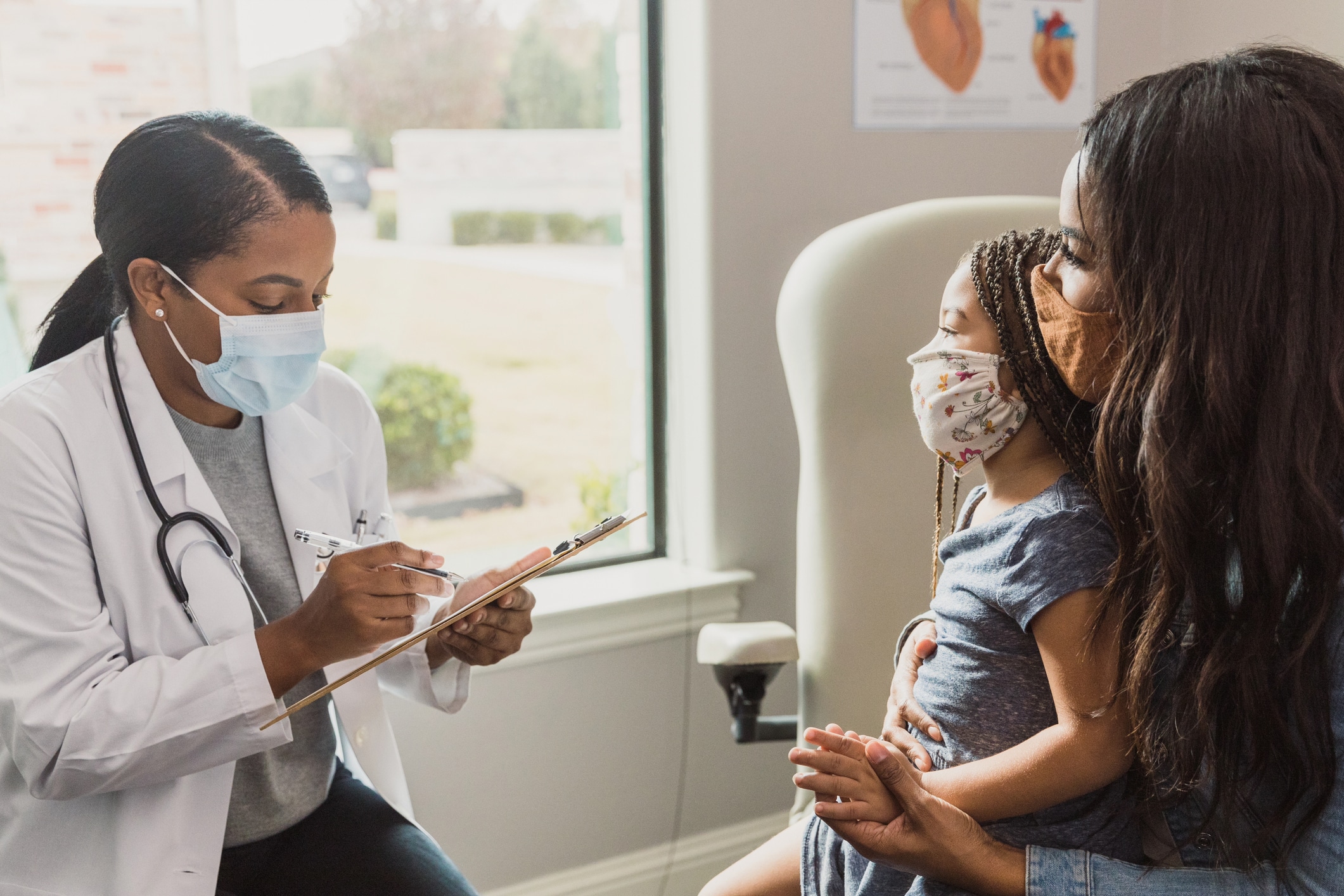What are the symptoms of a Wilms tumor?
Wilms tumor, a type of kidney cancer primarily affecting children, can present with a variety of symptoms. Common symptoms include:
- Abdominal Swelling or Mass: A noticeable swelling or lump in the abdomen, which may be felt as a firm mass.
- Abdominal Pain: Discomfort or pain in the abdomen, which may be persistent or intermittent.
- Hematuria: Blood in the urine, which may cause the urine to appear pink, red, or brown.
- Fever: Unexplained fevers not related to other infections.
- Loss of Appetite: Decreased interest in eating, which may lead to weight loss.
- Nausea or Vomiting: Feeling nauseated or vomiting without a clear cause.
- Constipation: Difficulty passing stool or changes in bowel habits.
- High Blood Pressure: Elevated blood pressure, which may be discovered during a routine check-up.
- Fatigue: Unusual tiredness or weakness that persists over time.
In some cases, Wilms tumor may not cause any noticeable symptoms and might be discovered incidentally during imaging studies for other reasons. Early detection and treatment are crucial for a better outcome.
What are the causes of a Wilms tumor?
Wilms tumor, or nephroblastoma, is a type of kidney cancer that predominantly affects young children. While the exact cause of Wilms tumor is not fully understood, several factors are believed to contribute to its development:
- Genetic Mutations: Abnormalities or mutations in certain genes are linked to Wilms tumor. These include mutations in the WT1, WT2, and other related genes.
- Chromosomal Abnormalities: Alterations in chromosomes, such as changes in chromosome 11, are associated with Wilms tumor.
- Inherited Syndromes: Some children with genetic syndromes are at higher risk for developing Wilms tumor. These syndromes include:
- WAGR Syndrome (Wilms tumor, Aniridia, Genitourinary abnormalities, and Range of developmental delays)
- Denys-Drash Syndrome (characterized by kidney disease, gonadal dysgenesis, and an increased risk of Wilms tumor)
- Beckwith-Wiedemann Syndrome (associated with overgrowth and an increased risk of Wilms tumor and other cancers)
- Family History: Although rare, having a family history of Wilms tumor or other childhood cancers may increase the risk.
- Environmental Factors: While less clear, some environmental factors may potentially play a role, but no specific environmental cause has been identified.
It’s important to note that most cases of Wilms tumor occur sporadically, without a clear underlying genetic or environmental cause.
What is the treatment for a Wilms tumor?
The treatment for Wilms tumor typically involves a combination of surgery, chemotherapy, and sometimes radiation therapy, depending on the stage and characteristics of the tumor. Here’s an overview of the treatment approach:
- Surgery: The primary treatment for Wilms tumor is surgical removal of the tumor and often the affected kidney. The surgery aims to remove the entire tumor along with some surrounding healthy tissue to ensure all cancer cells are removed. In some cases, a biopsy may be performed before surgery to confirm the diagnosis.
- Chemotherapy: After surgery, chemotherapy is often used to eliminate any remaining cancer cells and reduce the risk of recurrence. The specific chemotherapy regimen depends on the tumor’s stage and response to initial treatment. Chemotherapy may involve a combination of drugs administered intravenously over several months.
- Radiation Therapy: Radiation therapy may be recommended in some cases, particularly if the tumor is in a more advanced stage or if it did not respond adequately to chemotherapy. Radiation targets cancer cells in specific areas to kill or damage them and reduce the risk of recurrence.
- Targeted Therapy: In some cases, targeted therapies may be used to specifically attack cancer cells based on their genetic characteristics. These therapies are less common but may be considered depending on the tumor’s features.
- Supportive Care: Supportive care, including pain management, nutritional support, and monitoring for side effects, is an essential part of the treatment plan to help the patient cope with the effects of the disease and its treatment.
- Follow-Up: Regular follow-up visits and imaging tests are crucial to monitor for any signs of recurrence and manage any long-term effects of treatment.
The treatment plan is typically tailored to each child based on the tumor’s stage, size, and other factors, and it is developed by a multidisciplinary team of healthcare professionals specializing in pediatric oncology.

Leave a Reply
You must be logged in to post a comment.